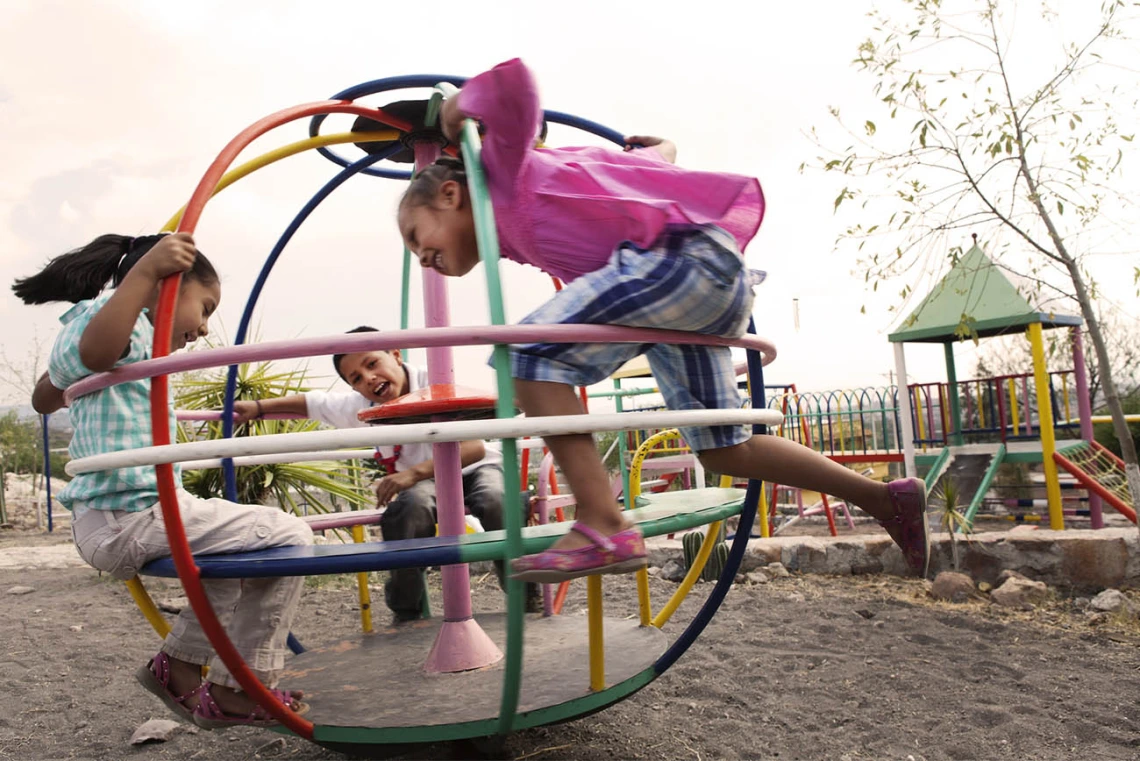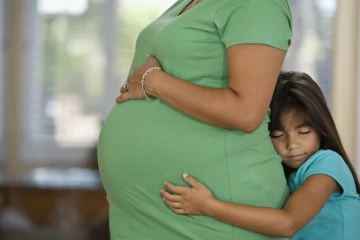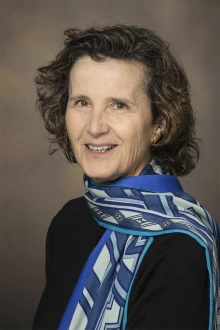U.S.-Mexico Asthma Study Examines Hygiene Hypothesis Amid Pandemic
Researchers are taking a three-pronged approach to analyze asthma in children in Nogales, Sonora, Mexico, and Tucson, Arizona – even before they’re born.

The hygiene hypothesis, the idea that children exposed to more germs early on in life develop greater immunity and are less likely to get asthma and other diseases, will be explored in a UArizona-led cross-border study.
A cross-border investigation of children’s susceptibility to asthma and other childhood illnesses in the United States and Mexico is the focus of a new study led by researchers in the Asthma and Airway Disease Research Center at the University of Arizona Health Sciences.

BEAMS is recruiting 500 children who will be enrolled before they are born. Mothers will be followed until birth and children to age 5 to determine how household and environmental exposures affect the children’s risk of developing asthma.
The Binational Early Asthma and Microbiome Study, or BEAMS, will recruit 500 Mexican-American and Mexican children – 250 in Tucson, Arizona, and 250 in Nogales, Sonora, Mexico – before the mothers have given birth. The mothers will be evaluated while pregnant and the children will be followed from birth to age 5 to examine how the “hygiene hypothesis” affects them and their risk of asthma.
According to the U.S. Food and Drug Administration, the hygiene hypothesis suggests reduced exposure to germs keeps a child’s immune system from developing the ability to naturally fight infectious organisms.
“Paradoxically, in the middle of all the poverty and underdevelopment in many ‘barrios’ and ‘colonias’ in Nogales, Sonora, there is less asthma,” said Fernando Martinez, MD, study principal investigator, director of the UArizona Health Sciences Asthma and Airway Disease Research Center, the Swift-McNear Professor of Pediatrics at the UArizona College of Medicine – Tucson and a BIO5 Institute member. “There is four times less asthma there than here, and our studies show the main reason is because, although children in Nogales, Sonora, are exposed to harmful bacteria that cause many infections, they are also exposed to a lot of protective bacteria that train their immune system to distinguish between dangerous and innocuous microbes.”

UArizona Asthma and Airway Disease Research Center Director Fernando D. Martinez, MD, at the university’s BIO5 Institute
BEAMS is the latest in a series of UArizona-led respiratory studies – anchored by the Tucson Children’s Respiratory Study, ongoing since 1980 – that have yielded revelations and remedies on asthma, the hygiene hypothesis and respiratory disease progression from infancy to adulthood.
This current study seeks to provide a better understanding of the early origins of asthma and to offer new asthma prevention strategies to improve respiratory health for the Mexican-American community in Southern Arizona, and potentially for all Americans.
“One of the reasons why it is so important for us to be a Hispanic Serving Institution is because our unique location in the Sonoran Desert creates incredible opportunities for transborder research and collaboration that could have worldwide benefits,” said University of Arizona President Robert C. Robbins, MD. “Asthma is the most common noncommunicable disease among children, and Dr. Martinez’s research could have far-reaching impact for our most vulnerable populations. I am very excited to follow the results of this study to better understand what causes asthma and to develop therapies that will provide respiratory relief for our borderlands region and nearly 340 million people worldwide.”

Donata Vercelli, MD
Environmental samples to be collected include water and dust from the home, while blood, stool and airway swabs will be gathered from participants. These will be evaluated to learn how microbes dictate – or don’t – the development of allergies and asthma, as well as what genetic influences may result in better preventive therapies.
“It is this three-pronged approach – the population, microbiological and mechanistic studies – that gives BEAMS its edge,” said Donata Vercelli, MD, professor of cellular and molecular medicine, associate director of the Asthma and Airway Disease Research Center and one of several principal investigators. “We are going to do something absolutely novel and, to some extent, revolutionary. We will have a microbiological picture of whatever is happening in the lives of these children and their mothers at very high resolution.”
Both Drs. Martinez and Vercelli are interested to see if the social isolation and enhanced hygiene of the COVID-19 pandemic will affect children participating in the study.
“These changes in lifestyle related to COVID-19 might also prompt differences in how the developmental trajectory in these children occurs,” Dr. Vercelli added. “This could be an enormous confounding factor. Whereas, because we are proposing this in-depth analysis, we have an opportunity to actually see if, whether and how these differences in behavior and lifestyle impact these children and their mothers.”
Other BEAMS principal investigators include: Anne L. Wright, PhD, a UArizona pediatrics professor specializing in pulmonology, allergy and immunology, and co-founder of the Children’s Respiratory Study and Infant Immune Study; Cecilia Rosales, MD, professor and chair of the Division of Public Health Practice and Translational Research, and associate dean for community engagement and outreach at the UArizona Mel and Enid Zuckerman College of Public Health; and Susan Lynch, PhD, professor and director of the Benioff Center for Microbiome Medicine at the University of California, San Francisco.
BEAMS is supported by the National Institute of Allergy and Infectious Diseases, a unit of the National Institutes of Health (P01AI148104).
Contact
David Mogollon
520-275-6931
mogollon@arizona.edu

